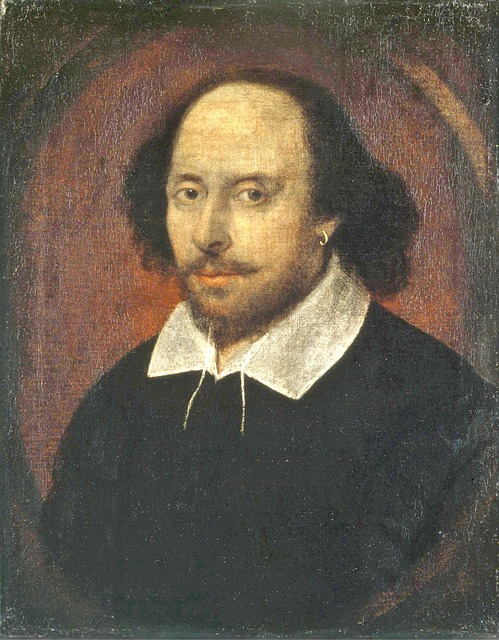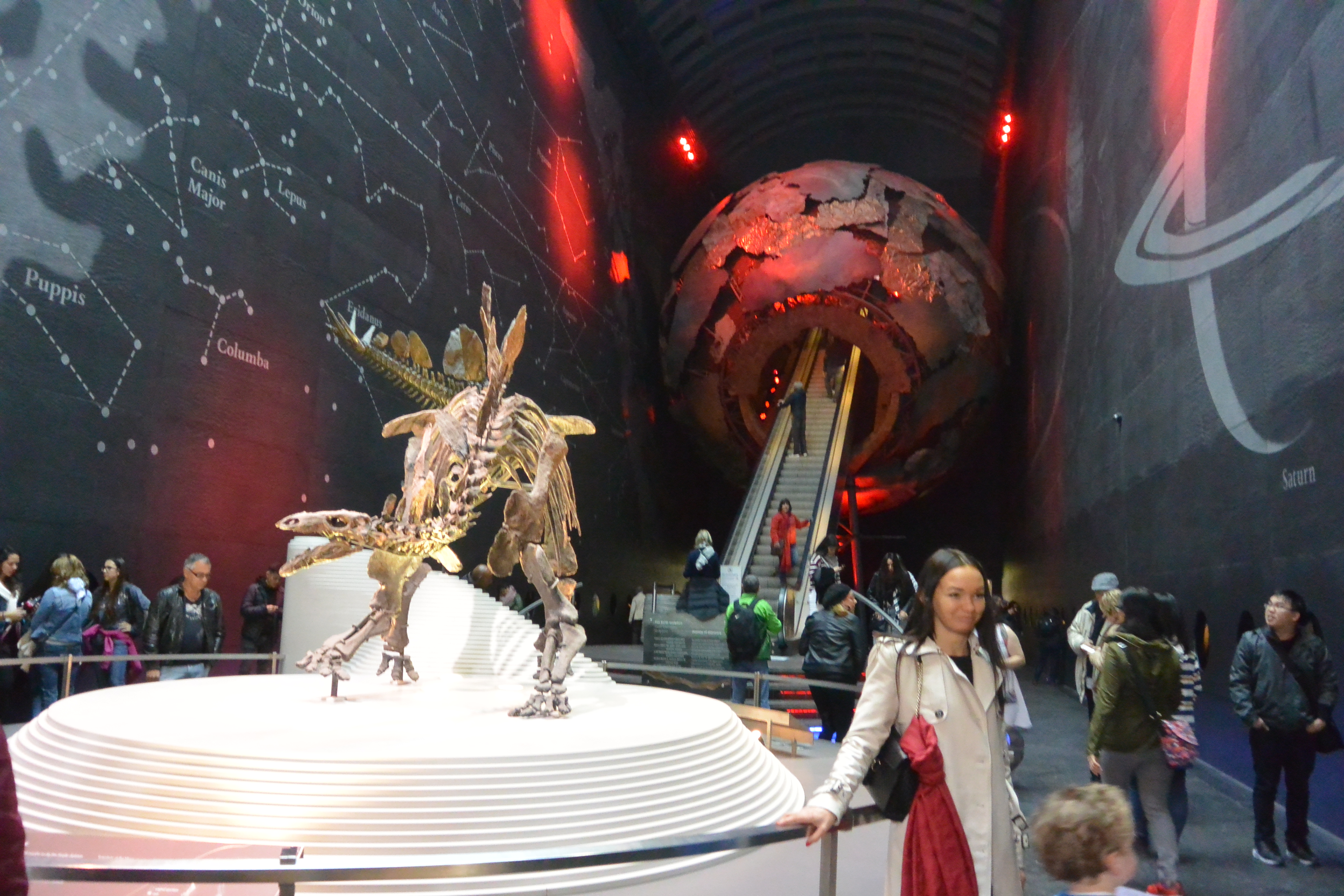Difference between revisions of "Natural History Museum"
From Londonhua WIKI
Akacherski (talk | contribs) (→Exhibits) |
Ekmceachern (talk | contribs) |
||
| Line 26: | Line 26: | ||
=Background= | =Background= | ||
<br> | <br> | ||
| + | The Natural History museum was opened in 1881 and is located in central London. It was officially known as the British Museum(Natural History) until 1992, even though it was fully separated from the British Museum in 1963.. | ||
<br><br> | <br><br> | ||
==Exhibits== | ==Exhibits== | ||
Revision as of 18:29, 9 May 2017
Natural History Museum
 Representative Article Image | |
| The Chandos Portrait of William Shakespeare | |
|---|---|
| Artist | Attributed to John Taylor |
| Year | c. 1600s |
| Dimensions | 55.2 cm × 43.8 cm ( 21 3⁄4 in × 17 1⁄4 in) |
| Location | National Portrait Gallery, London |
Overview
The Natural History Museum is a free museum open to the public that is dedicated to teaching people about how the natural world works. The museum's exhibits focus on the past, present, and future of humanity through science and history. The museum has many temporary exhibits as well as permanent ones. It is also the workplace of many scientists who do research on Earth and life sciences.
Contents
Background
The Natural History museum was opened in 1881 and is located in central London. It was officially known as the British Museum(Natural History) until 1992, even though it was fully separated from the British Museum in 1963..
Exhibits
The Natural History Museum in London has many permanent exhibits as well as some temporary exhibits. Some of the current and upcoming temporary exhibits are the exhibits featuring the wildlife photographer of the year and one dedicated to the blue whale. The following sections of this page are dedicated to the permanent exhibits of the museum.
Dinosaur Exhibit
The Natural History museum is home to a multitude of dinosaur fossils and information. The museum contains the first fossil ever found from a Tyrannosaurus rex and other interesting archaeological discoveries like the tail club of a Euoplocephalus and a complete Triceratops.
The exhibit also contains information on possible theories of how the dinosaurs became extinct including the popular theory that something from space hit the Earth and the impact slowly killed all of the dinosaurs.
Also included in the exhibit is information on various traits that dinosaurs developed over time and why certain species of dinosaurs evolved differently from each other.
Space Exhibit
The space exhibit reflects our current knowledge of how the universe works. It discusses planetary change, solar systems, and graphics on the future of our universe. The graphics help to give an accurate timeline of historical events to show the magnitude of the span of the universes' history.
References
1. (n.d.). Retrieved May 09, 2017, from http://www.nhm.ac.uk/
External Links
If appropriate, add an external links section
Image Gallery
If appropriate, add an image gallery
Category tags
Don't forget to add category tags!!! Your Article Pages MUST contain one or more Category tags like this:
[[Category:Art]]
[[Category:Music]]
[[Category:Philosophy & Religion]]
[[Category:Drama & Theater]]
[[Category:Writing & Rhetoric]]
[[Category:History]]
[[Category:English]]
...and NO OTHER TAGS especially "project" tags.
See the Category Help page for assistance. Don't include irrelevant category tags in your article pages (like the Template category!)
Delete this entire "Category section" when editing this page--Categories don't need a heading.
